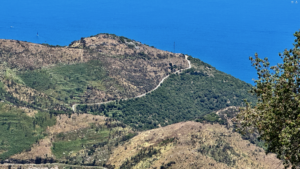
Grants
Habitat & Biodiversity Protection
Assessing the impact of Wildfires on Corfu’s butterflies
€4,500 awarded
European butterfly species face multiple threats to their survival, including habitat loss, fragmentation, and deterioration due to neglect and agricultural intensification. Additionally, climate change has been identified as a major threat, impacting the survival of butterflies and their habitats.
The forthcoming European Butterfly Red List, created by Butterfly Conservation Europe (BCE) and the International Union for Nature Conservation (IUCN), highlights numerous species already affected by climate change. While island endemics are at risk, unique butterfly assemblages remain underrecognized as conservation concerns.
The 2023 Corfu wildfires offer an unprecedented opportunity to study the impact of these climate change induced phenomena on the butterfly fauna of the island, as well as giving insights into how such changes may influence the broader ecology of the entire Mediterranean.
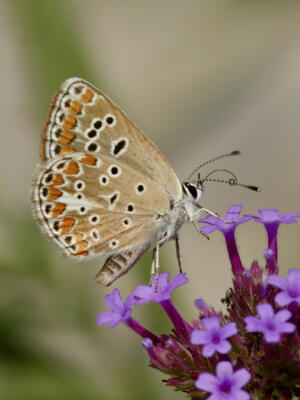
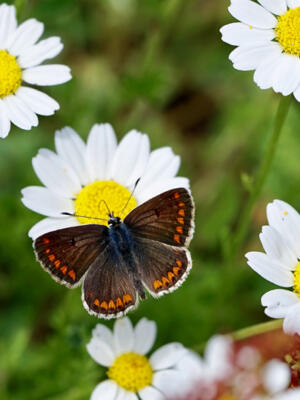
The Ionian Environment Foundation is supporting a pilot research initiative undertaken by CBC to investigate the effects of the Corfu wildfires on the island’s butterfly populations. This initiative involved several key components:
Pre and post burn monitoring: Monitoring was conducted during the optimal April to June period to compare post-burn butterfly abundances and species richness with data collected by the Corfu Butterfly Survey before the burn took place.
Comparisons of existing burnt and unburnt landscapes: 1 km transects were walked to assess changes in butterfly populations, in burnt and unburnt regions, along with the boundaries between these two areas.
Vegetation Monitoring: Dominant plant species were recorded along the transects, to correlate butterfly data with the vegetation’s response to the wildfires.
Long-term Monitoring: Voluntary recorders participated in this monitoring program to optimise the likelihood of the butterfly communities being tracked beyond 2025.
These methods aimed to determine recovery rates, potential habitat creation for new species, and the use of butterflies as indicators of habitat quality.
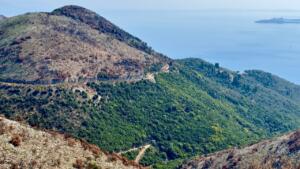
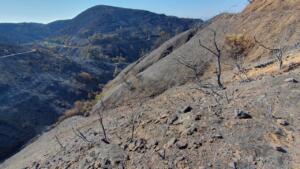
It is hoped that this research will enhance our understanding of how climate change driven Mediterranean wildfires, impact on butterfly populations. We hope it will provide valuable insights into the recovery processes of butterfly communities, the potential for new species to establish themselves in these altered habitats and if this work is extended investigate the duration of recovery. The findings will inform conservation strategies, to help manage wildfire impacts and contribute to the scientific community’s understanding of how wildfires impact butterfly communities, providing a case study published in the Corfu Butterfly Atlas.
Additionally, we hope this research will support the development of qualified recommendations for using controlled burning as a conservation tool, aiding in the minimization of larger uncontrolled burns and their effects on biodiversity.
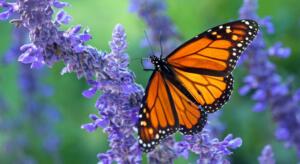
Project Update
Thanks to the assessment project there has been exciting progress in understanding how butterfly populations are bouncing back after the 2023 wildfire in the Kerkyran uplands. In just 14 months, CBC recorded 64 of the 65 species previously found in the area, an encouraging sign of recovery!
While some species are taking longer to return, and the butterfly communities are not quite the same as unburnt areas yet, we are learning so much about their resilience. The assessment has recorded unique patterns along the edges of burnt and unburnt zones and increased migratory species in the area. This project is helping CBC plan future conservation efforts by deepening our understanding of the region’s butterfly habitats.
